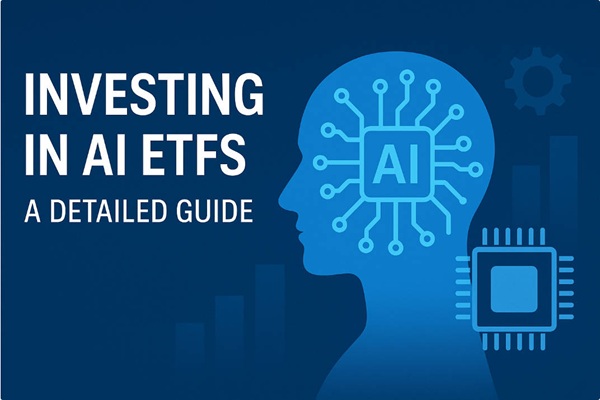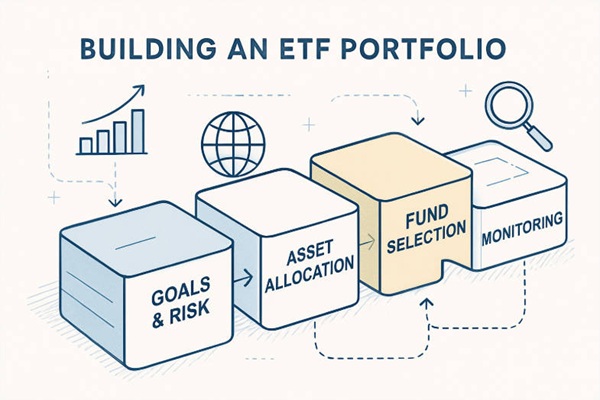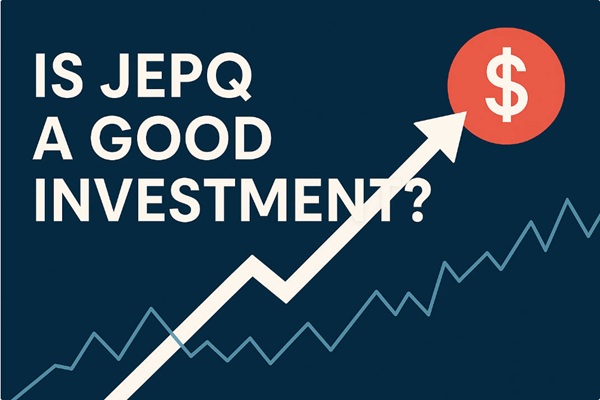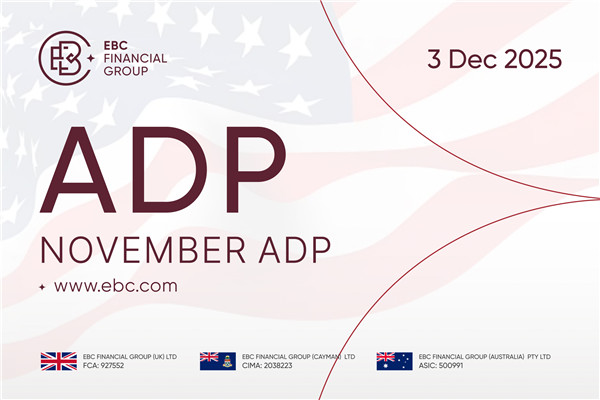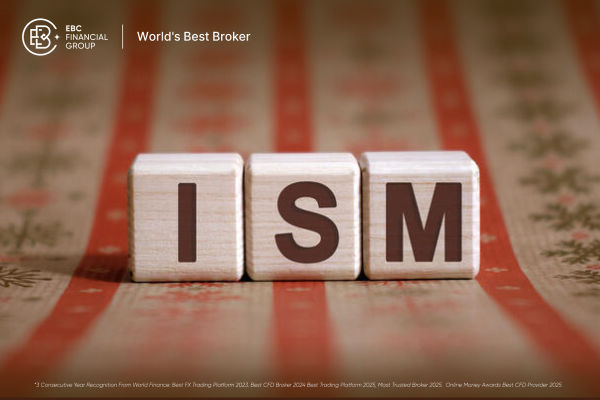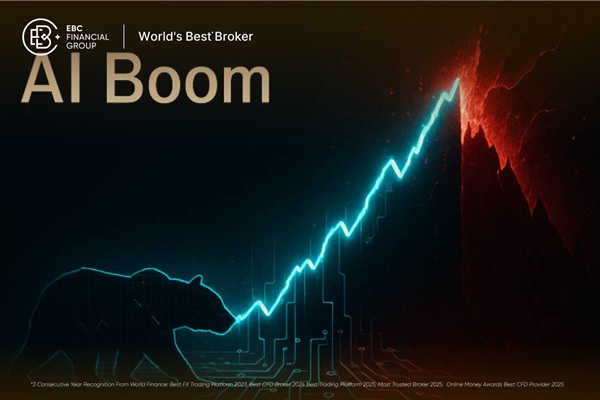If you want to practice magical skills, you must first have internal skills.
The same goes for investment funds. Below, we will discuss in detail how to
choose a fund, which is like choosing a martial arts move. It requires a series
of clear stEPS. For many people, choosing funds seems to be a headache. They may
say, I will list all the funds, sort them by yield, and then choose those that
perform well to buy. This method seems simple, but in fact, there is a
problem.
Someone mentioned that choosing a fund means choosing a fund manager. This is
not entirely wrong, but fund managers are also subject to certain restrictions,
and the scope of their investments is limited. Therefore, the investment circle
needs to be planned before this happens. Should you invest in stocks or bonds?
Blue-chip stocks or technology stocks? The delineation of this circle directly
determines your risk and return expectations. This step is very important, but
in some self-media strategies, this point is often ignored. Here are the fund
selection steps and precautions.

Equity Fund
When screening funds, we will find that different types of funds exist.
First, let’s talk about stock funds. Such funds have at least 80% of their
assets invested in the stock market. This is the type of fund that we are most
familiar with because we usually hear about it the most, its rise and fall are
larger, and it is more exciting to invest in. However, the domestic market of
stock funds is not as big as we imagined, accounting for only 9% of the entire
fund market. Even if mixed funds are included, they only account for one-third.
Since stocks are an investment target that everyone is more familiar with, their
market segmentation is also more refined. For example, if you are optimistic
about a specific field, such as military industry, medical care, technology,
education consumption, etc., you can choose to invest specifically in stock
funds in this field, thereby locking your income within this field.
bond funds
Next are bond funds. This type of fund invests at least 80% of its funds in
the bond market, generally referring to Treasury bonds and corporate bonds. The
expected return rate of bond funds is lower than that of stock funds, ranging
from 3% to 8%. However, the situation varies from country to country.
Theoretically, the yield of bonds is directly proportional to the countrys GDP
and CPI, and the risk of bonds is much smaller than that of stocks. For example,
Chinas bond market has performed relatively stably over the past decade,
especially with less risk compared to the stock market. However, if you look at
the international market, especially the United States, the bond market has
performed poorly over the past decade, especially compared with the stock
market, showing a clear gap. This is also because the United States has been
implementing quantitative easing and low interest rate policies over the past
decade, which has led to a surge in the stock market. However, it is difficult
to predict whether the U.S. stock market will still dominate the world in the
next ten years.
The expected return rate of bond funds is lower than that of stock funds, and
the risk is relatively small. But what we are talking about are expected
returns, not guaranteed returns. When purchasing a bond fund, be sure to check
the fund name carefully. High yield does not mean low risk, and high risk is not
directly written in the name, so be aware that high-yield bond funds may invest
in bonds with lower credit ratings and have higher risks of default and
bankruptcy.
Monetary funds and other funds
In addition to stock and bond funds, currency funds are also an important
part of the fund market. Money funds invest in very short-term bonds, such as
overnight lending, seven-day bonds, etc. Basically, its income is similar to
that of a demand deposit, so it is not suitable for long-term investment. If you
have some idle funds and dont want to deposit them in the bank, you can first
put them into a currency fund. Yue Bao itself is a type of currency fund. These
types of funds are relatively common. Of course, there are others, such as
hybrid funds, which do not have an 80% requirement and can be flexibly
allocated. In addition, there are funds such as the FOF (Fund of Funds), which
invest in other funds. Finally, QDII is a fund that allows domestic investors to
invest in overseas assets.
Investment Fund Type Comparison Table
| Type |
Characteristics |
Suitable Investors |
| Equity Funds |
High returns, high volatility |
Investors with a moderate risk tolerance |
| Bond Funds |
Relatively stable, steady income |
Investors seeking relatively stable income |
| Balanced Funds |
Combination of stocks and bonds, dynamically adjusted |
Investors seeking a balanced approach |
| money market Funds |
Low risk, short-term preservation of capital |
Investors looking for low-risk short-term investments |
When choosing funds, understand the types and characteristics of these funds,
combine them with your own investment objectives and risk tolerance, and make an
informed decision. Remember, investing is not just about choosing funds with
good performance; it also requires reasonable asset allocation and an
understanding of the market.
Asset allocation and fund selection
As an ordinary investor, how do I allocate assets?
First of all, few people recommend investing 100% of their money in the stock
market because the risk is too high. Professionals usually recommend allocating
funds to low-risk funds, such as bond funds, based on personal circumstances in
a proportion roughly equivalent to the age of the investor. For example, if an
investor is sixty years old, he might allocate 60 percent of his money in bonds,
while if he is fifty years old, it might be 50 percent. Why is this? Because
young people generally have stronger risk tolerance and have enough time,
energy, and physical strength to earn more money, Therefore, relatively
speaking, young people can invest more in high-risk stocks and hybrid funds. Of
course, this is just a general suggestion and can be adjusted according to
individual circumstances.
Fund selection is also crucial when doing asset allocation. First of all,
choose an experienced fund manager to help manage funds. Just like hiring a
doctor, we will choose an experienced chief doctor. The experience of the fund
manager has a decisive impact on the performance of the fund. Generally
speaking, fund managers start as researchers and are gradually promoted to fund
managers. They need more than ten years of investment experience to serve as a
fund manager. Choosing an experienced fund manager can increase your sense of
security when investing.
Secondly, investors need to pay attention to the performance of the fund,
especially the historical rate of return. By observing the performance of fund
managers over the past one, three, and five years, the quality of the fund can
be better assessed. However, it is not just pure yield but also the maximum
drawdown, which is the loss of the fund from its peak to its trough. This metric
can help investors gain a more comprehensive understanding of a funds risk
level.
Finally, consider the size of the fund. The size of the fund is directly
related to its management efficiency. Although the larger the scale, the more
management fees the fund company earns, there is also the problem of it being
too large and difficult to operate flexibly. Excessive fund size may make it
difficult for fund managers to buy and sell in the market, affecting the
performance of the fund. Therefore, investors need to be careful when choosing
funds that are moderately sized rather than those that are too large.
Through the above discussion, we know that the steps and precautions for fund
selection include:
Clarify your investment goals:Determine your investment goals. Is it for
retirement savings, childrens education, or short-term gains? Different goals
may require the selection of different types of funds.
Assess your risk tolerance: Know your tolerance for risk to determine the
type of fund that is right for you. Stock funds are generally riskier, while
bond funds are relatively stable.
Understand fund types: Be familiar with different types of funds, including
stock, bond, hybrid, index, etc. Each type has different risk and reward
characteristics.
Research Fund Managers: Review a fund manager’s background, experience, and
performance. An experienced and sound fund manager may have a positive impact on
the funds performance.
Analyze a funds historical performance: Find out how a fund has performed in
the past, including its most recent one-, three-, and five-year returns. Also,
look at the funds maximum drawdown to assess its risk level.
Consider Fees: Pay attention to a funds management fees, sales charges, and
other charges. Funds with low fees may be more attractive to long-term
investors.
Pay attention to fund size: Larger funds may be more stable, but excessive
size may also lead to inflexible operations. Choose a moderate-sized fund.
Understand the funds portfolio: Research the assets and industries held by
the fund to make sure they match your investment objectives and risk
appetite.
View ratings and reviews: Check out reviews from professional rating agencies
and investor reviews to get more information about a fund.
Regular Review and Adjustment: Market and fund conditions may change; review
the portfolio regularly and make adjustments as necessary.
When investing in funds, asset allocation and fund selection are two key
links. Through rational asset allocation, reasonable fund selection, and paying
attention to the experience, performance, and fund size of fund managers,
investors can better avoid risks and increase long-term investment returns.
Remember, you should keep a cool head and dont lose yourself in the greed and
fear of the market. As Buffett said, I am fearful when others are greedy, and I
am greedy when others are fearful.
Disclaimer: This material is for general information purposes only and is not intended as (and should not be considered to be) financial, investment or other advice on which reliance should be placed. No opinion given in the material constitutes a recommendation by EBC or the author that any particular investment, security, transaction or investment strategy is suitable for any specific person.













